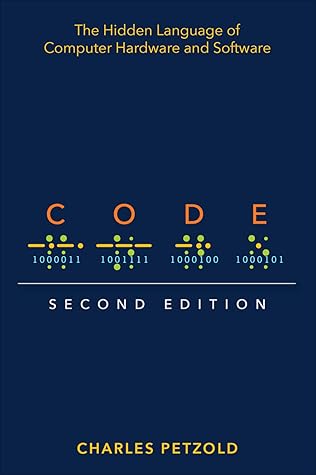More on this book
Community
Kindle Notes & Highlights
Started reading
April 4, 2024
In electricity, you can calculate how much current is flowing through a circuit if you know the voltage and the resistance. Resistance—the tendency of a substance to impede the flow of electrons—is measured in ohms, named after Georg Simon Ohm (1789–1854), who also proposed the famous Ohm’s law. The law states where I is traditionally used to represent current in amperes, E is used to represent voltage (it stands for electromotive force), and R is resistance.
With this formula written down, the salesperson can perform something called a Boolean test. This involves another variation of Boolean algebra, where the letters refer to properties or characteristics or attributes of cats, and they can be assigned the numbers 0 or 1. The numeral 1 means Yes, True, this particular cat satisfies these criteria, while the numeral 0 means No, False, this cat doesn’t satisfy these criteria.
George Boole never wired such a circuit. He never had the thrill of seeing a Boolean expression realized in switches, wires, and lightbulbs. One obstacle, of course, was that the incandescent lightbulb wasn’t invented until 15 years after Boole’s death. But the telegraph had been invented ten years before the publication of Boole’s The Laws of Thought, and an important part of the telegraph system was a simple device that could perform operations of logic with much more agility than mere switches could.
Reduced to its essentials, a computer is a synthesis of Boolean algebra and electricity. The crucial components that embody this melding of math and hardware are known as logic gates.
Such a circuit is sometimes called a network, except that nowadays that word is used much more often to refer to connected computers rather than to an assemblage of mere switches.


